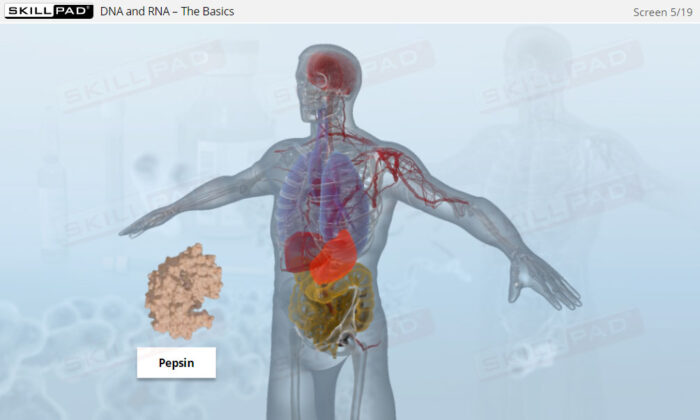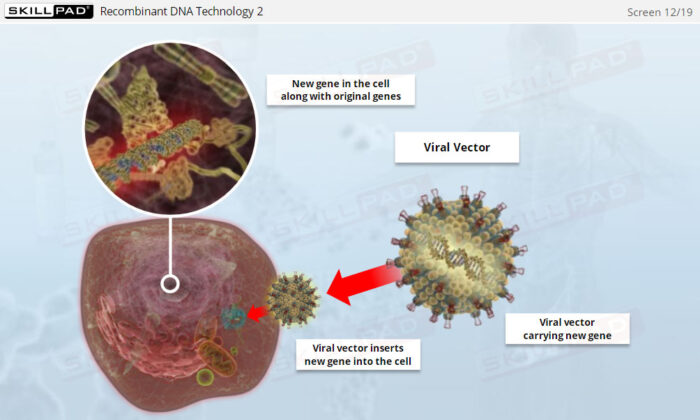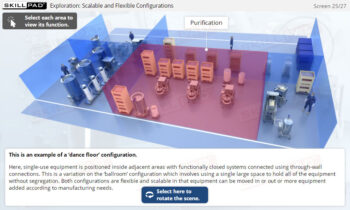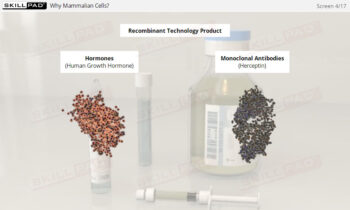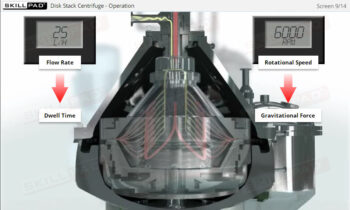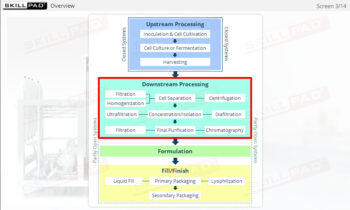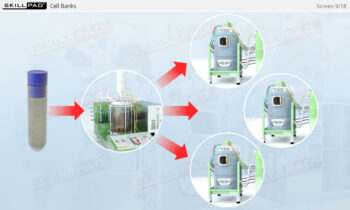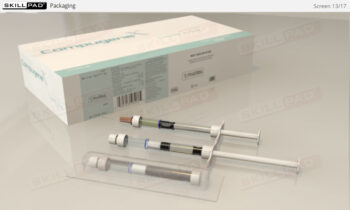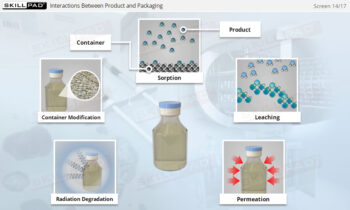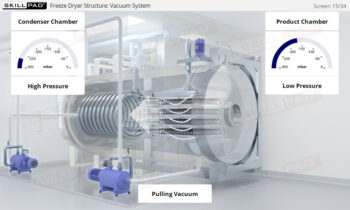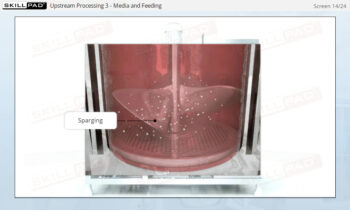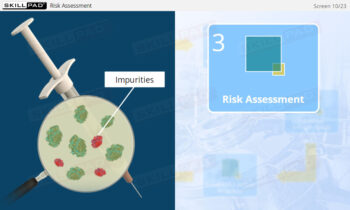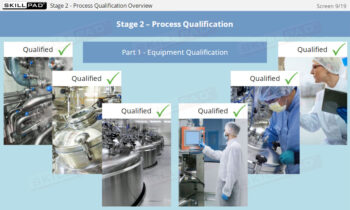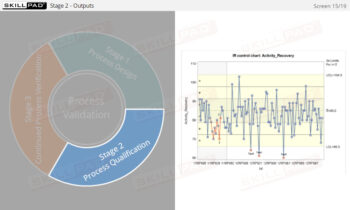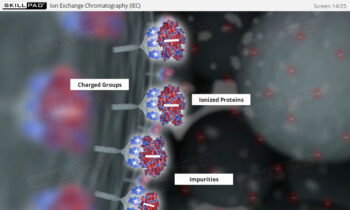Cell Biology and Recombinant DNA Technology
Following on from BPU-1100, this Module goes a level deeper in its explanation of cell biology and how cells can be manipulated to produce therapeutic proteins. An overview is provided of the functioning of mammalian cells, followed by an explanation of the roles played by DNA and RNA in producing proteins in cells. The steps involved in recombinant DNA technology are outlined, including DNA amplification, insertion of target genes into suitable vectors, before cell culturing is explained.
Whether for onboarding or annual refresher training, this Module is seamlessly deployable on any LMS and can be tailored to your company’s exact needs.
Duration: 30 Mins
Grade: Premium Performance
Description
- Develop a solid foundation in the key characteristics of mammalian cells and their organelles.
- Appreciate the significance of proteins in the human body and their various roles, from structural support to enzyme activity.
- Understand the differences between DNA and RNA and their roles in protein synthesis.
- Master the concepts of genetic engineering, recombinant technology, and DNA manipulation.
- Learn how to differentiate between vectors and plasmids and understand their importance in recombinant DNA technology.
- Explore the processes of transcription and translation in protein synthesis.
- Discover how recombinant DNA technology is used to produce vaccines and therapeutic proteins.
- Learn about transfection and transduction methods for inserting recombinant DNA into host cells.
Learning Objectives
- Describe the key characteristics of mammalian cells.
- Explain the difference between DNA and RNA.
- Describe the structure of a protein.
- Describe the role of proteins in the human body.
- Explain the terms genetic engineering, recombinant technology and DNA manipulation.
- Describe what is meant by ‘vector’ and ‘plasmid’.
- Differentiate between transfection and infection.
- Describe some of the products that can be produced using recombinant DNA technology.
Module Features
Animations
Voice Over
Knowledge Checks
Assessments
SCORM/AICC compatible
Full Screen


